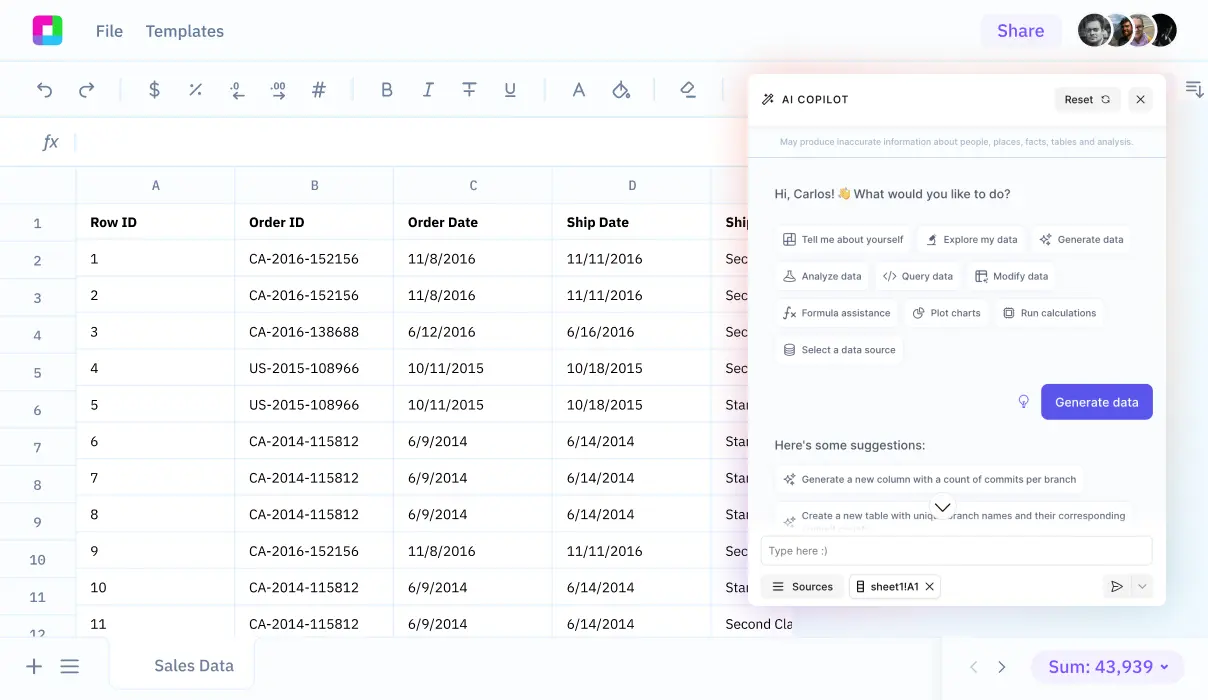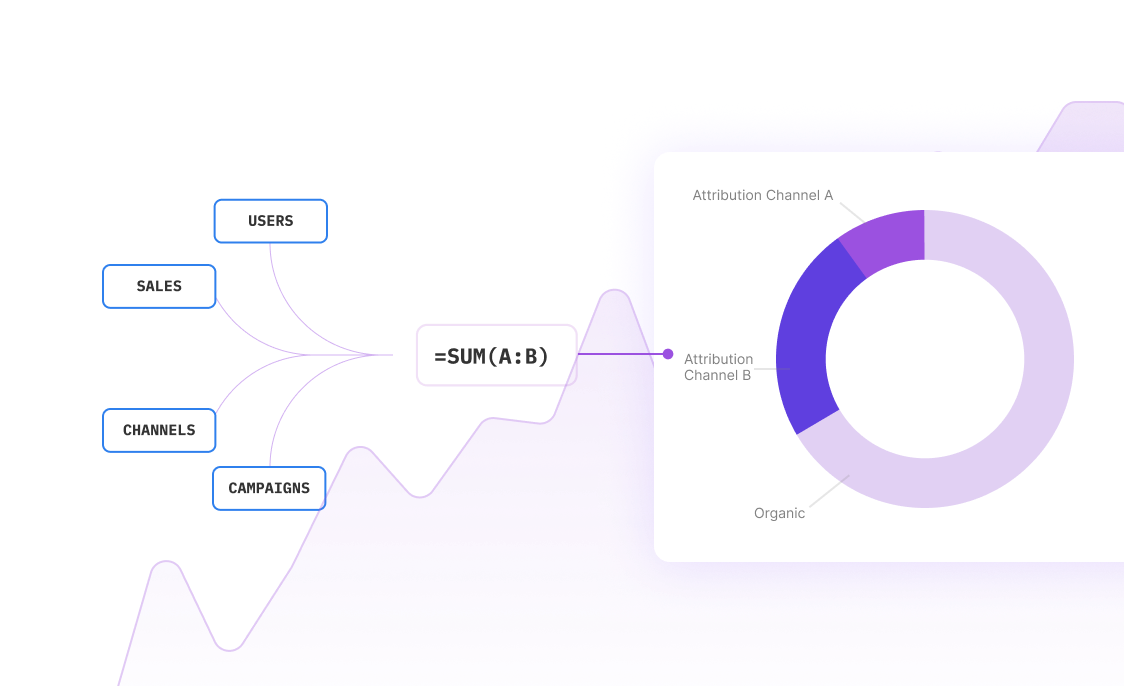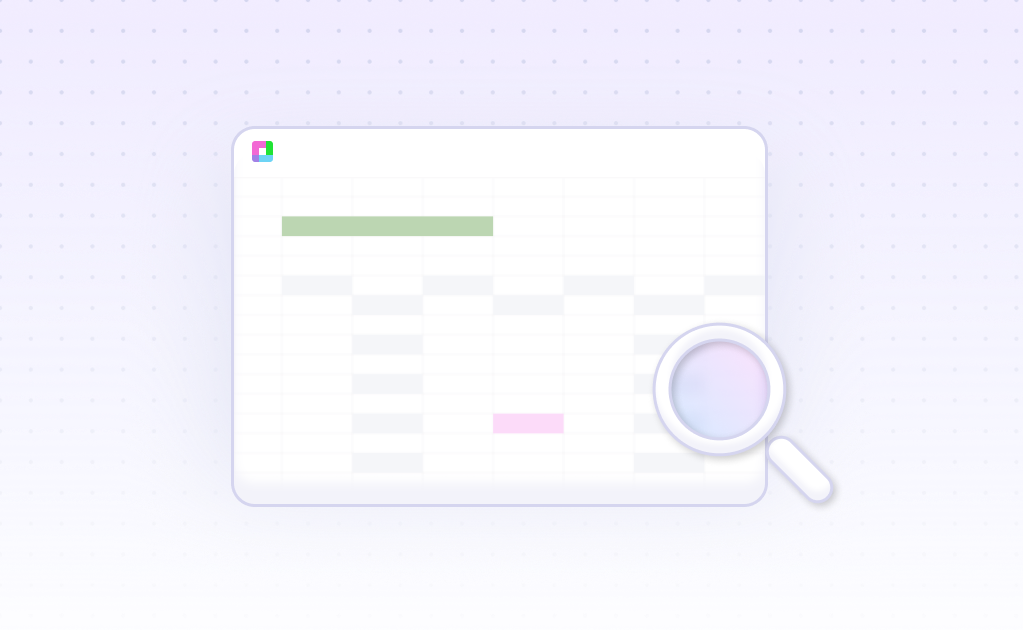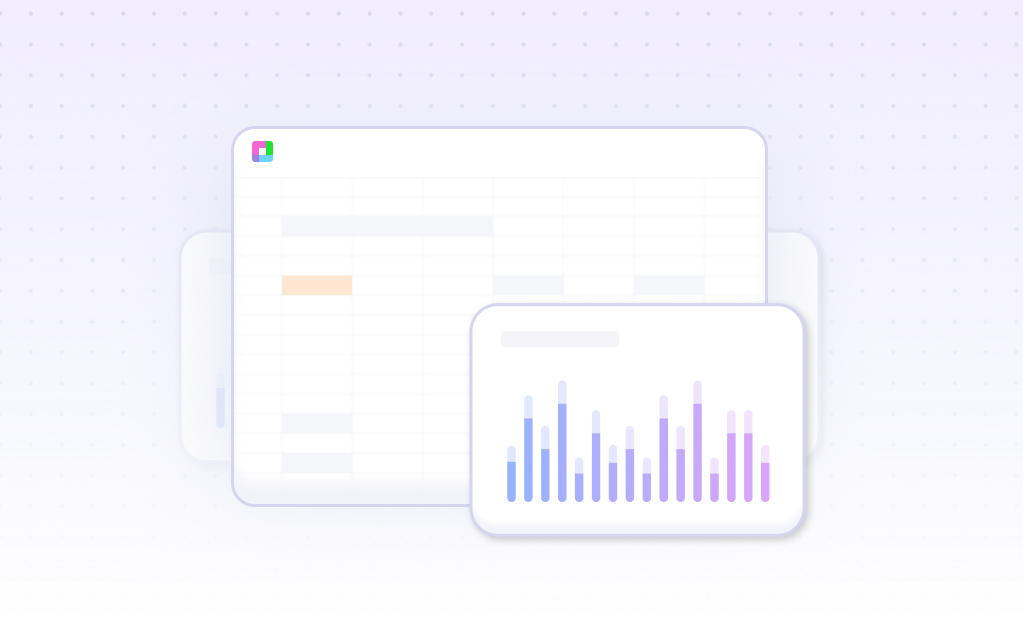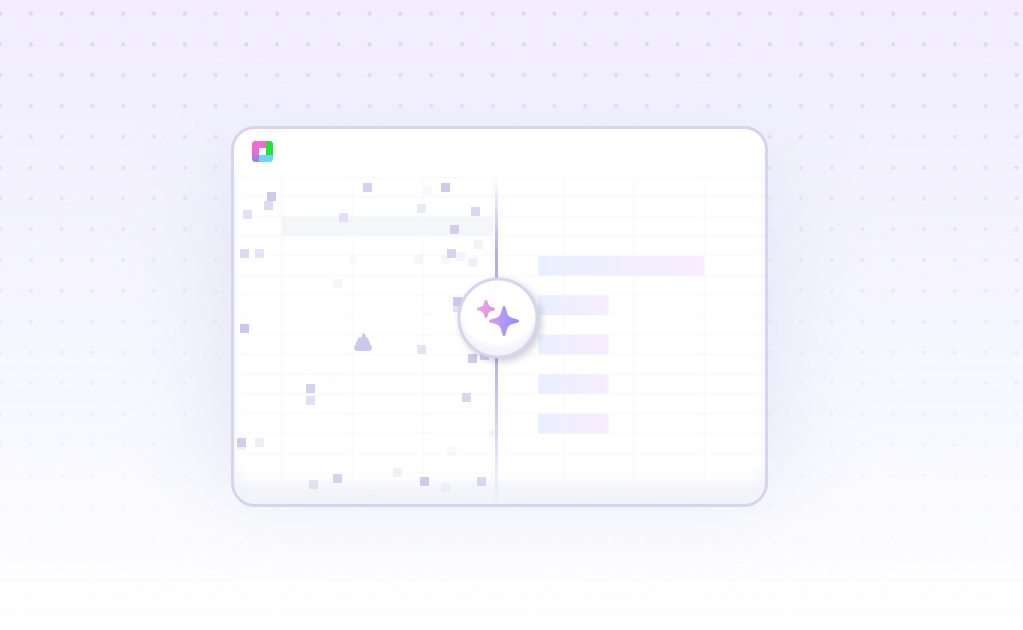
Introduction
Power analysis is essential for determining sample size requirements in statistical research. While Excel offers basic power analysis capabilities through its STDEV function, modern AI-powered alternatives provide more sophisticated solutions. Sourcetable, an AI-powered spreadsheet platform, combines comprehensive data analysis features with powerful formula capabilities and intuitive charting tools. Unlike traditional spreadsheets, Sourcetable streamlines the analysis process with built-in cleaning and summarizing functions, making complex statistical work accessible to users of all skill levels. Discover how Sourcetable simplifies power analysis at sourcetable.com/signup.
Why Sourcetable Is the Best Tool for Power Analysis
Sourcetable power analysis helps researchers determine optimal sample sizes while balancing Type I and Type II errors. This statistical approach ensures studies have sufficient participants to detect true effects without wasting resources or conducting unethical research with inadequate samples.
Advantages Over Excel
While Excel can handle basic data analysis, it struggles with large datasets and complex statistical operations. Sourcetable combines Excel's familiar spreadsheet interface with advanced AI capabilities, allowing researchers to perform power analysis through natural language queries rather than complex formulas.
AI-Powered Statistical Analysis
Sourcetable's native AI integration enables automated data cleanup, classification, and summarization without additional plugins. Researchers can ask plain-language questions about their datasets and receive instant statistical insights, transforming complex power calculations into accessible analytical workflows.
By combining power analysis capabilities with AI-driven automation, Sourcetable helps researchers make data-driven decisions about sample sizes while maintaining statistical rigor. This integrated approach streamlines the research planning process and ensures methodologically sound study designs.
Power Analysis with Sourcetable: Benefits and Advantages
Power analysis is essential for scientific research, determining sample sizes and validating study significance. Through specific tests, power analysis calculates required sample sizes using type I and II error values, minimal clinically relevant difference, and variance data.
Traditional Excel vs Modern Solutions
Excel requires manual structuring of source data tables and creation of separate summary tables, often using pivot tables. This traditional approach can be time-consuming and error-prone.
AI-Powered Advantages with Sourcetable
Sourcetable revolutionizes power analysis through AI automation, enabling efficient data entry, analysis, and trend identification. The platform's natural language processing capabilities streamline statistical calculations while maintaining accuracy.
Advanced features include automated data analysis, outlier detection, and correlation identification. Sourcetable's integration capabilities and automated decision-making tools enhance the power analysis workflow, reducing manual effort and improving precision.
Power Analysis Examples in Sourcetable
Sourcetable enables several types of statistical power analysis that help determine optimal sample sizes and ensure studies can detect true effects. The AI-powered spreadsheet platform can perform power analyses for t-tests, binomial tests, and other statistical methods.
Statistical Tests
Key power analysis capabilities include two-sample t-tests and binomial tests. These analyses help researchers validate their statistical methodology before conducting studies.
AI-Enhanced Calculations
The platform leverages AI to automate exponential calculations for financial projections, scientific modeling, and data analysis. This enables predictive analytics and simulations for studying exponential growth or decay patterns.
Benefits
Using power analysis in Sourcetable helps researchers determine necessary sample sizes and ensure adequate statistical power while avoiding wasted resources on underpowered studies.
Power Analysis Use Cases with Sourcetable
Automated Sample Size Calculation |
Use AI to automatically analyze data files and determine required sample sizes for achieving desired statistical power in research studies. Sourcetable's integration with external data sources enables efficient processing of historical data to inform sample size decisions. |
Two-Tailed Test Power Analysis |
Calculate statistical power for two-tailed tests by leveraging Sourcetable's AI capabilities to clean and process population means data. The system can compute power values using standardized values and effect sizes. |
A Priori Power Analysis |
Determine minimum sample sizes needed for desired power levels before conducting research. Sourcetable's automated research capabilities streamline the calculation of |
A Posteriori Power Analysis |
Analyze achieved statistical power in completed studies using Sourcetable's AI-powered data cleaning and analysis tools. The system processes experimental data to calculate post-hoc power values and effect sizes. |
Frequently Asked Questions
What is power analysis and what is it commonly used for?
Power analysis is a statistical tool used to estimate four key parameters: effect size, sample size, significance, and statistical power. It is most commonly used to determine the minimum sample size needed for an experiment, and is utilized by funding agencies, research review boards, and businesses to validate their experimental designs.
When can power analysis be performed?
Power analysis can be conducted at two stages: prior power analysis (before data collection) and post-hoc power analysis (after data collection).
How can power analysis be performed in modern spreadsheet tools?
Power analysis can be automated using AI-powered spreadsheet tools through various methods including AI scripts, specialized add-ins like Solver and Analyst ToolPak, and Excel's Ideas tool. These tools help identify patterns and automate calculations, particularly for large datasets.
How is power analysis performed in Sourcetable specifically?
In Sourcetable, power analysis can be performed using the Sample Size and Power platform, which calculates power based on two sample means. For repeated measurements, the Measurement System Analysis platform can be used to estimate variability between measurements and samples, and the mean of 3 repeated measurements can be used for the response in the power analysis.
Conclusion
Power analysis helps researchers determine optimal sample sizes for statistical significance. While Excel's Goal Seek and Statistical Power tools can calculate power for various tests including linear regression, they require extensive Excel knowledge. Sourcetable offers an AI-powered alternative that automates complex spreadsheet tasks and statistical analyses. With features like automatic formula generation, data cleaning, and SQL/Python integration, Sourcetable streamlines power analysis workflows. Discover how Sourcetable's AI capabilities can enhance your statistical analysis at sourcetable.com/signup.
Recommended Analysis Guides
Connect your most-used data sources and tools to Sourcetable for seamless analysis.
Frequently Asked Questions
If you question is not covered here, you can contact our team.
Contact Us
